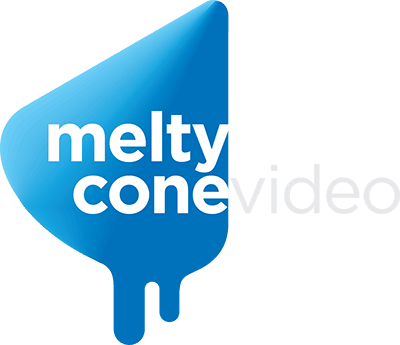People love videos. Whether you open your social media account or visit any website, video marketing has become a key part of generating brand awareness among consumers.
It's easier for people to view a quick 30-second explainer video over reading a 1000 words long article on how to solve a problem. A useful marketing tool, videos have become a dominant part of advertising.
Why Video Marketing?
YouTube is now the second most widely used search engine in the world. It's second only to the Google search engine. This means that people are actively searching for videos and watching them on a daily basis.
As a business owner, if you want your products to reach millions of people, then achieving that is no longer a pipe dream. But video advertising and marketing is harder than it looks.
People are consistently bombarded with information on the internet. Much of this information comes from other videos as well. This means that the odds of a prospective consumer paying real attention to your video content is very low.
You'll need to create a video marketing strategy that analyses your target audience and hones in on the kind of video content that your audience is consuming. This data will help you create video content that a potential buyer is more likely to watch.
Think of it this way - if you own a business that sells food products, then what would people like to watch? An easy answer is that people are likely to be interested in recipe videos. You can then create easy-to-follow recipe videos using your highlighted product as the core ingredient. For makeup companies, how-to videos are a popular choice.
For companies that offer less widely used and more specialized products, such as industrial machinery, video marketing is still very useful. Your video content should focus on showcasing your products and illustrating your company values.
Why Family-Friendly Video Content?
What does it mean to be family-friendly? It's more than just content the whole family can watch together - it's video content they can all understand as well. A good family-friendly video will resonate as easily with a child as with their grandparents.
The most important rule of creating family-friendly video content is to avoid controversial topics. This can include adult themes in your video content. Some platforms like YouTube can flag or delete videos with adult content as well.
As a business owner, your video marketing strategy should aim to create video content that's useful to your consumers, contains small bits of information, and shows how your products can improve buyers’ lives.
Here are the various kinds of video content you can create if you want your brand to be approachable and family-friendly:
1) Promotional Videos
These are the most common kinds of video content you should create. These are essentially advertisements that encourage viewers to buy your products.
A common video marketing tool, promotional videos can also be used to gain audience attention.
2) The Brand Story
While promotional videos are directly to the point, they aren't always as effective in developing trust and loyalty with audiences. Your brand story is where you make your customers resonate with you.
Often, a good brand story can inspire readers to buy products from a brand simply because they resonate with the story. A person who loves the environment will resonate more with a brand whose brand story focuses on sustainability.
You can integrate your company's values as well and create a powerful story that the customer feels they can connect to.
3) Personalized Videos
A personalized video where your video content is directly addressed to the consumer is a highly effective way to increase conversion rates. Existing technology can assist you in making this happen, but video-editing is another common way to try this.
You don't even need to use tools to create personalized video content. An informative video where the audience is addressed as 'you' is often enough to make them feel engaged. But higher personalization does lead to better results.
You can try sending out personalized video content where the audience is addressed using their name. Attach them to your existing emailer client list and integrate video marketing into your emailers.
4) Informative/Explainer Videos
These are used to educate the audience. If you want to teach your audience how to use your product, then a short explainer video will be more effective than a how-to article. Being able to see how the product works also helps them understand better.
Through any informative or explainer video, aim to teach the audience small bits of information at a time. That way, they're more likely to retain that information.
5) Video Advertising
Video advertisements can be seen all over the internet, and these are often personalized to a level. Take YouTube, where the algorithm analyzes the consumer, tries to pinpoint what the consumer could be interested in watching, and then sends them that content.
Similarly, video ads tailored to consumer interests can be seen on blogs, websites, and social media platforms.
Video marketing also helps put your website on the map. Websites that add videos to the homepage, or even link videos from a platform like YouTube, tend to get featured higher on Google search engine rankings. If you haven't already integrated family-friendly video content into your marketing strategy, then now's the time to try. With high returns on investment and the potential to greatly increase conversion rates, video marketing may well be the future of advertising.
If you are unsure of how to begin your video marketing journey, then why not turn to a video agency for help? If you need help with video production, video marketing, or video content, then Melty Cone is perfect for you.
Melty Cone is a video agency in NYC that can help you set up and establish your video marketing strategy. Our team of experts is happy to help you find the perfect video marketing strategy that'll help you reach your business goals!


